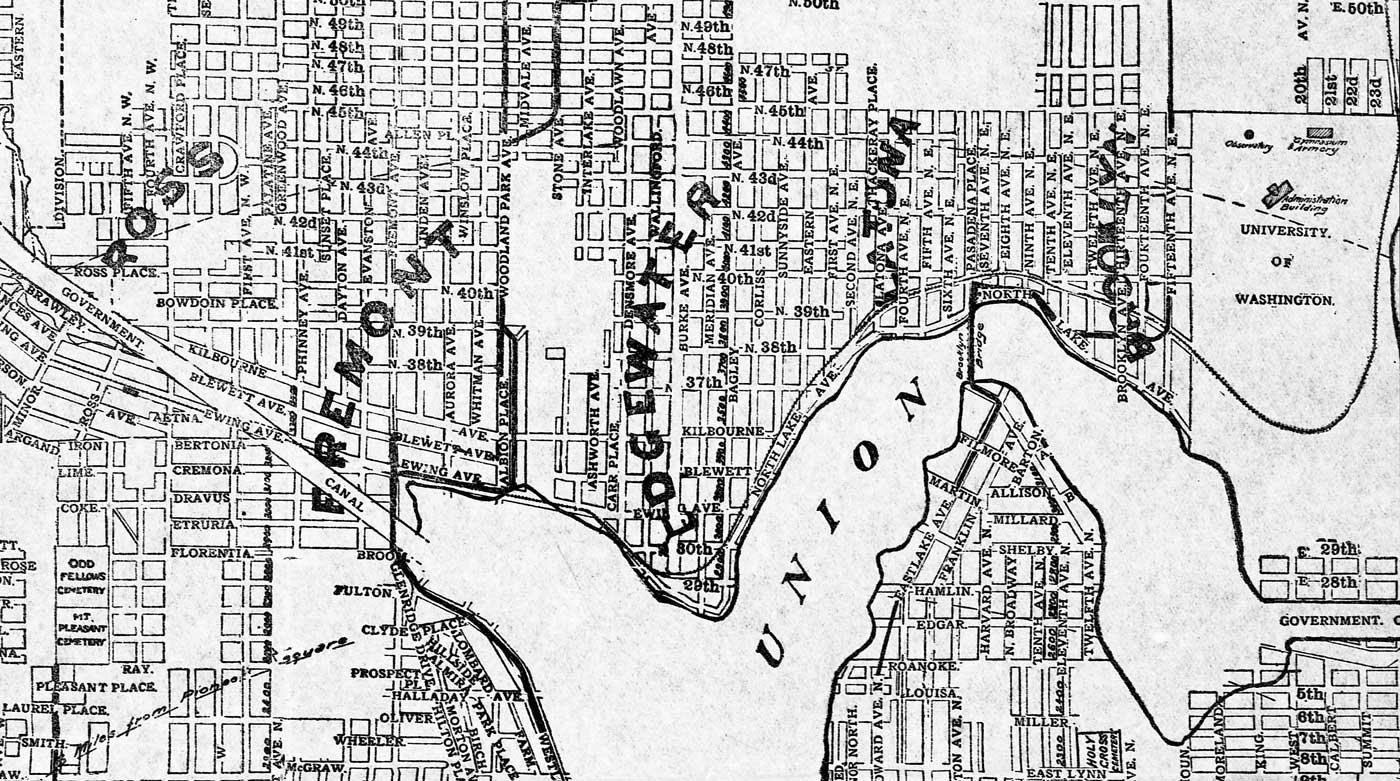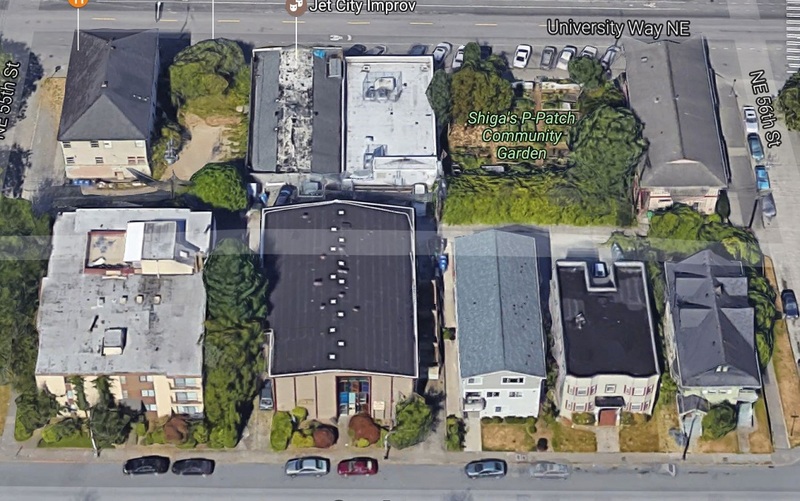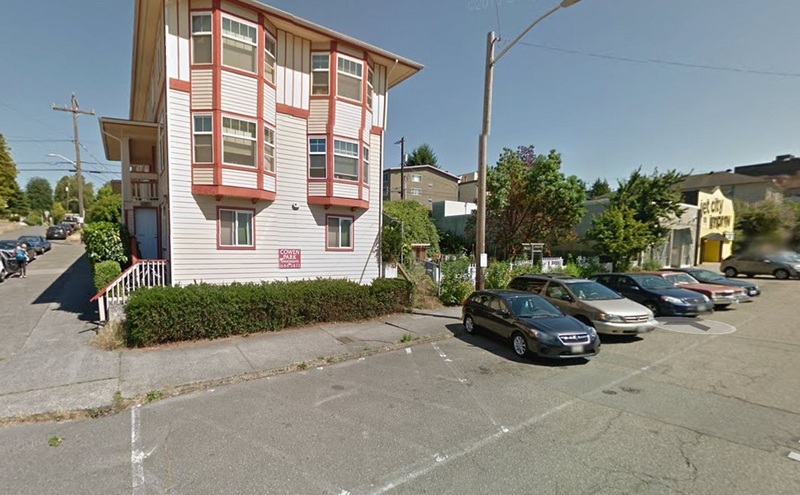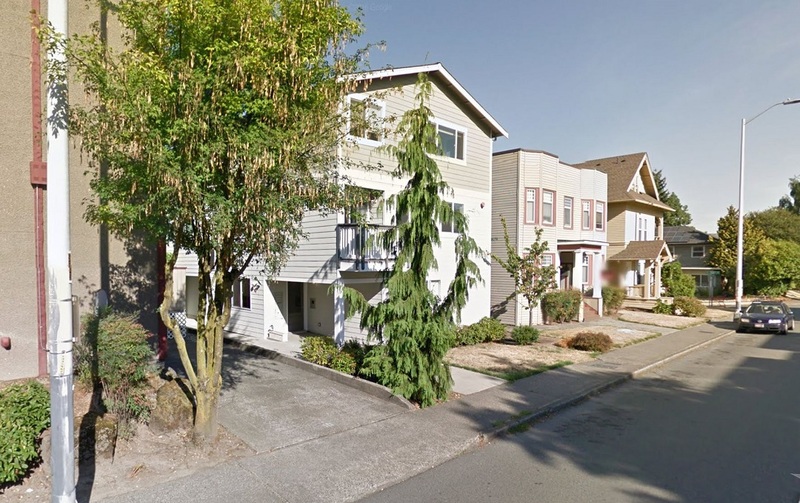Final Gallery
When standing at the corner of University Way NE and NE 41st St. and looking straight down University Way, it’s hard not to notice the alluring chaos that is known as the University District. Each block, carrying distinct aromas, is tightly packed with stores, bars, and at least some kind of teriyaki restaurant. Students swiftly weave past each other on narrow sidewalks minding their steps to not disturb some residents that are sprawled out in their sleeping bags in front of dilapidated and abandoned businesses. The U-District is the epicenter for a variety of culture shaped by Washington’s largest research-focused university. However, University Way is not entirely turbulent. Beyond NE 47th St., lies a noticeably quieter aspect of the University District. Past the bustling cafes and restaurants, there resides a cozy life of suburbia – quiet streets and amply sized grocery stores. The block that I chose, between University Way NE and 15th Ave NE and NE 55th St. and NE 56th St., is markedly distinct from the melting pot before it. Clustered with apartments, my block mainly serves as a residential location and, from the historical analysis of the area since the late 19th century, it’s been like that for a while. Minor developments have occurred around the area, but the block will continue to stay residential, harboring those who wish to detach themselves from the disordered vibrancy while being tenants of the University District.
Within the cramp spaces between NE 55th and 56th St., there are seven apartment units huddled together, each stacked with three to four floors. Although that might not be much compared to other blocks, the spacing between the buildings was surprising. The buildings are far enough for one to quickly assume that the two apartments have different landowners, but too close to offer residents any kind of privacy from their neighbors. The block is still sufficient for its residents, being near a grocery store and a vegan pizza joint, and it fits into the environment of its quiet neighbors. The dormant lifestyle is perfect for college students who seek a peaceful atmosphere while maintaining a close vicinity to the university. This is the main aspect that is marketed to college students. The environment is noticeably calmer, yet its location within a college town provides a studious ambience. When considering the history of the block, it’s interesting to see that the area was built for that very purpose and mild advancements have been made to simply preserve the residential spaces.
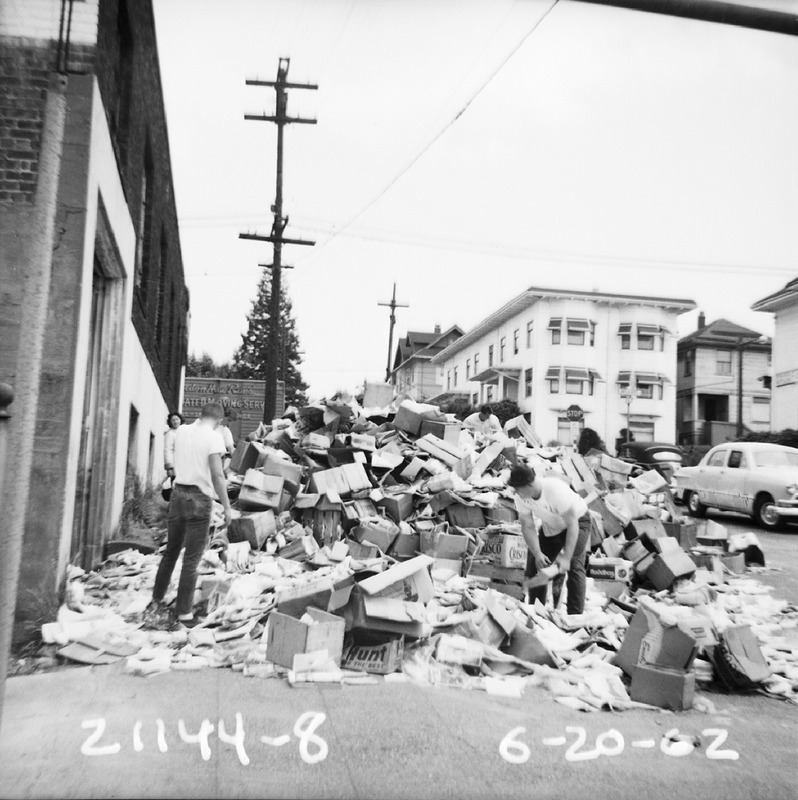
Magazines scattered throughout the alleyway.
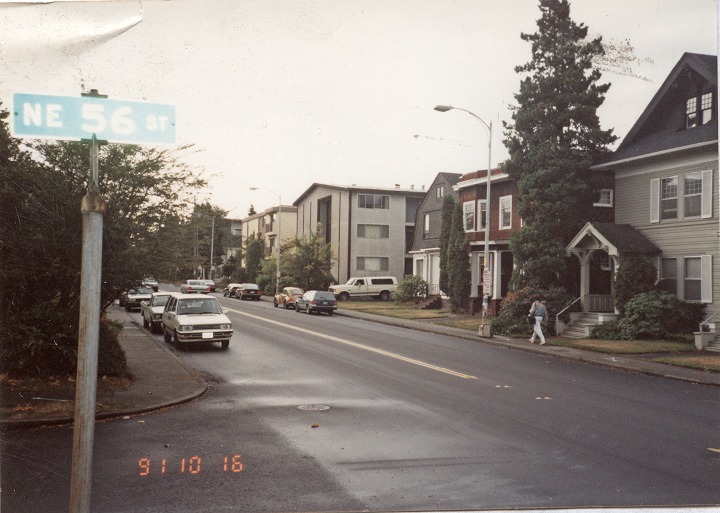
View of the surrounding neighborhood
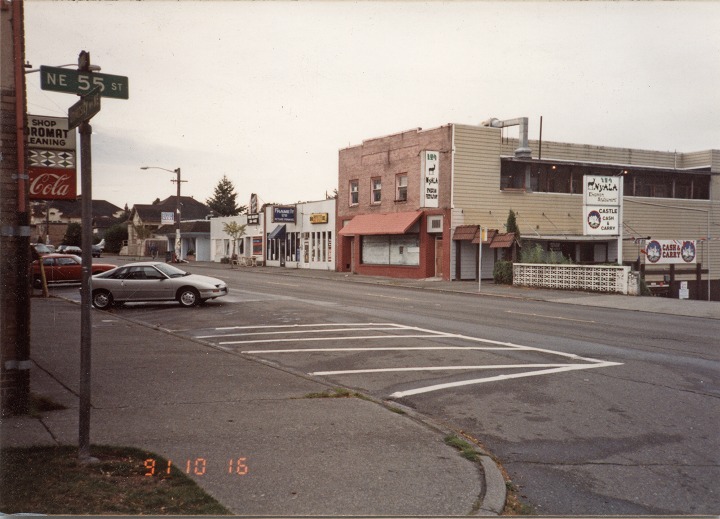
The block's environment developed in conjunction with surrounding residential areas.
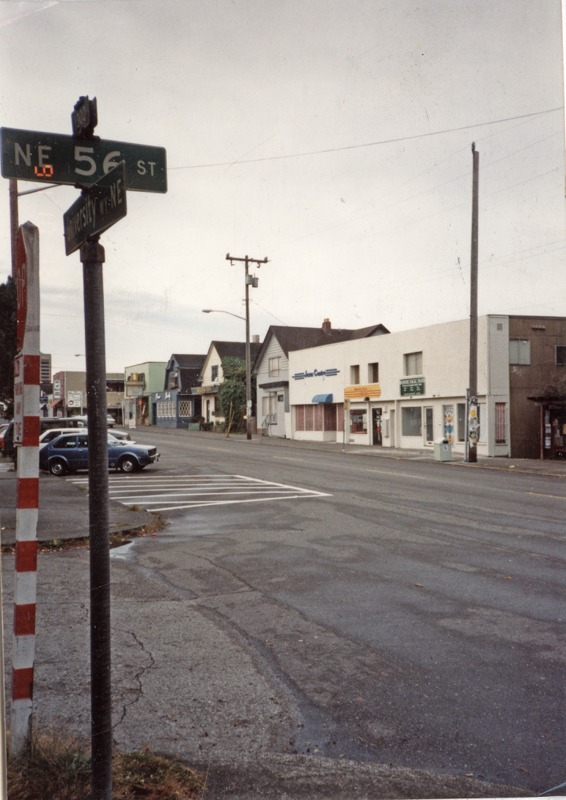
Businesses and homes around the block.
From the research of the block’s history, the most interesting takeaway information is that what the block initially begins with is what it will be defined as through the years. The area I was responsible with began as a residential location. The first building, which houses Pizza Pi, was built in 1904 and from there, apartment homes sprouted alongside it in the coming years. This development idea makes sense because it would be inefficient and costly to redesign an entire area into a completely different purpose. In addition, the block developed according to what it was surrounded with. The neighboring areas are also prominantly residential and thus, an additional residential block would be easily approved from neighboring residents rather than late night restaurants or bars. Concurrently, it’s important for the U-District to have this stark environmental difference as one travels further down University Way NE. This is what makes the U-District a unique community compared to other cities. It unifies the loud, exciting parts of an urban city with the rural tranquility of a suburban town. This combination of two extremely different characters is the attractive feature that residential areas as well as the University of Washington itself advertises when trying to attract new tenants and students. The conflicting environments of the University District is exciting and it’s the type of atmosphere that fosters the wide variance of cultures.
